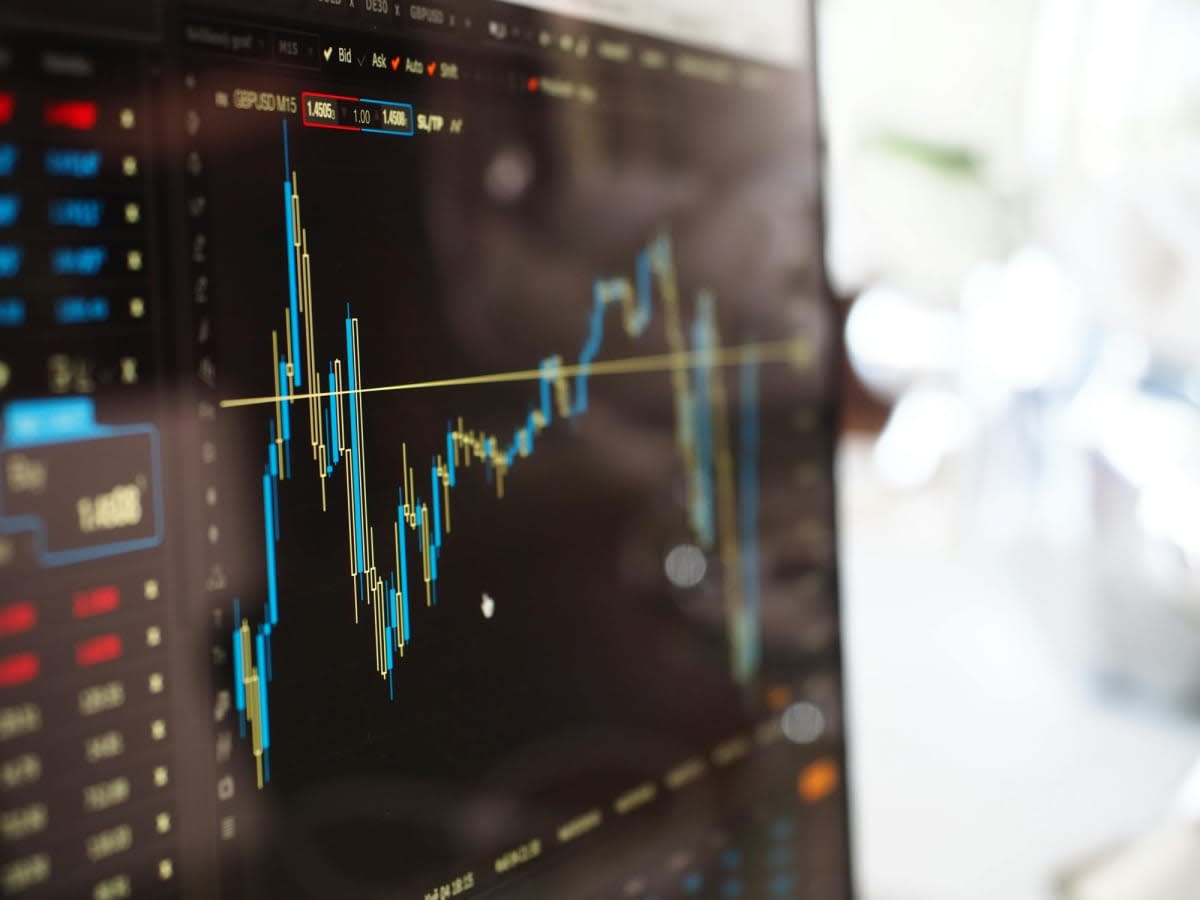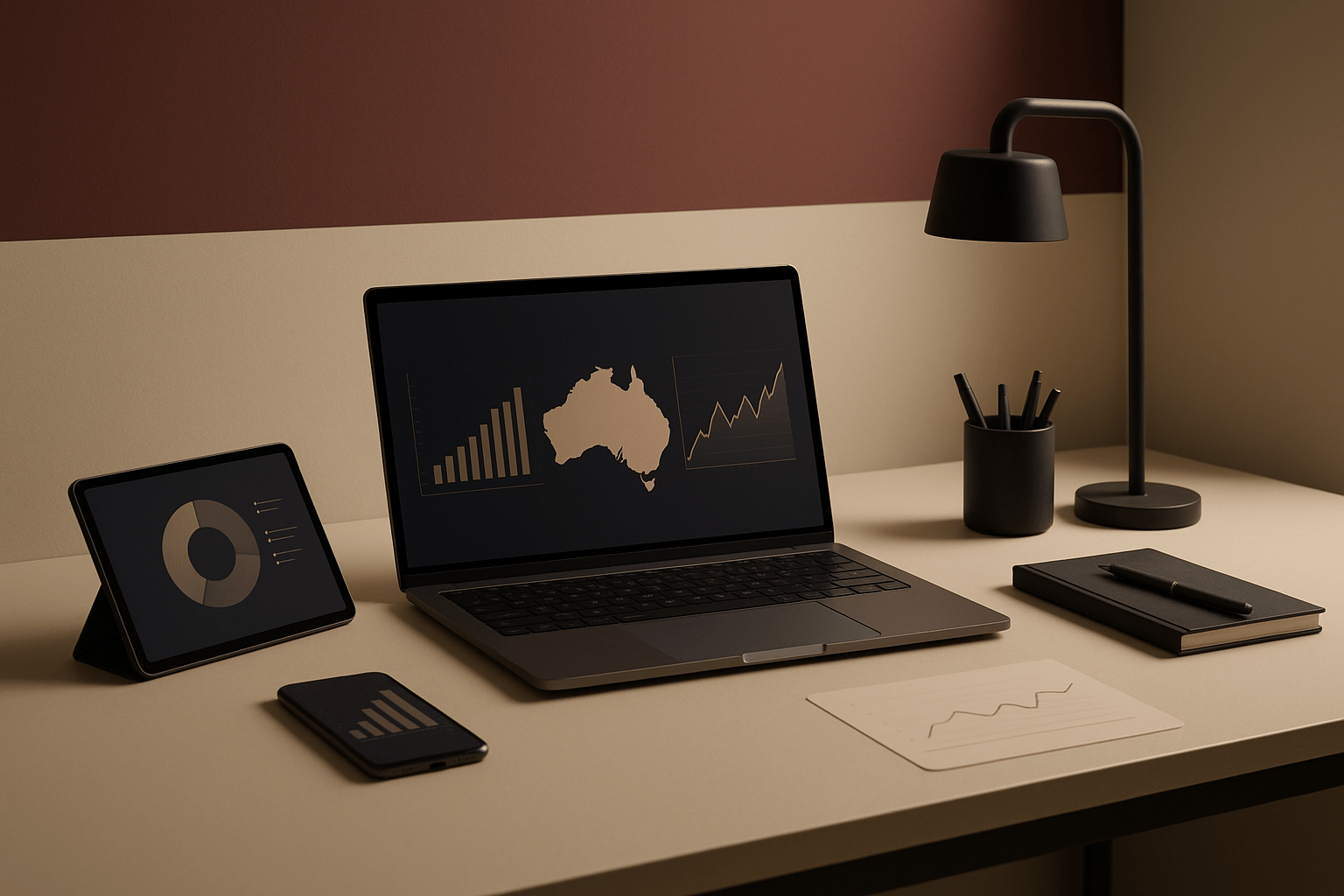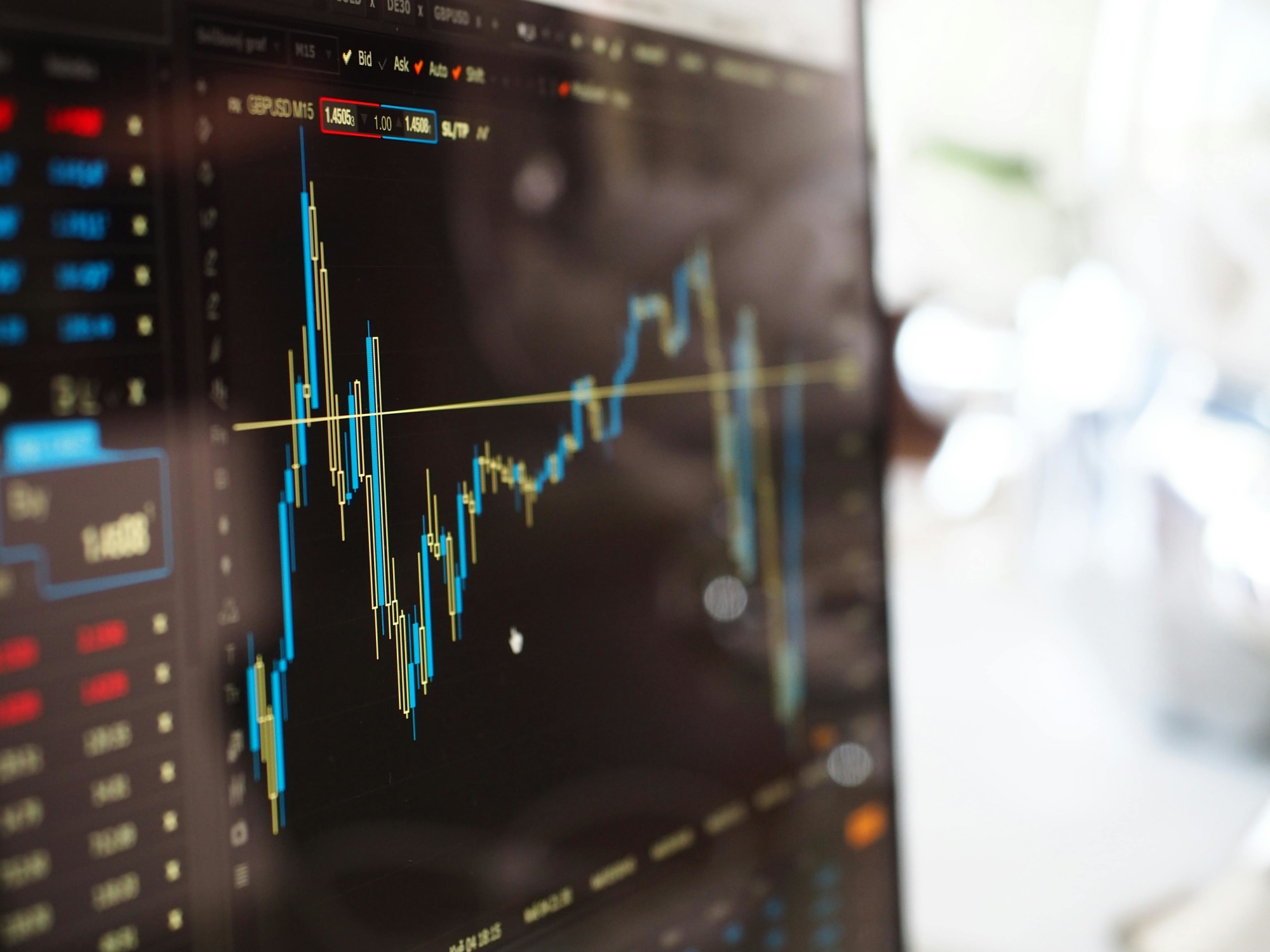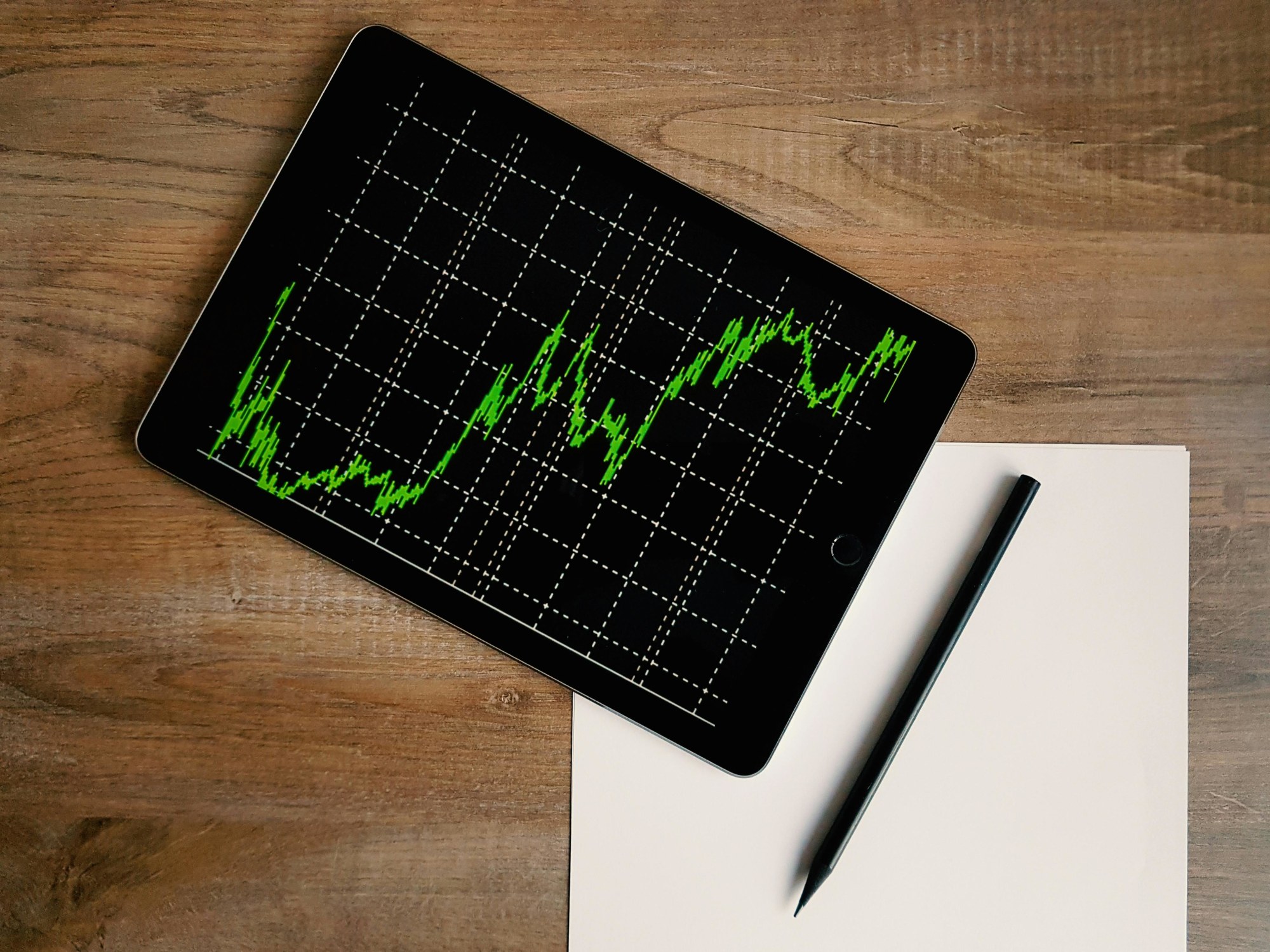Invest
Cha-ching: Personal investments market to hit $5tn
Inequality may pose a concern, but Australia’s investors are set to see the personal investments market hit $5 trillion in the next decade.
Cha-ching: Personal investments market to hit $5tn
Inequality may pose a concern, but Australia’s investors are set to see the personal investments market hit $5 trillion in the next decade.

That’s according to analysis by consultant Rice Warner. In its annual Personal Investments Market Projections report for 2017, Rice Warner noted that 2017 was a strong year for the personal investments market, with a 12 per cent increase in total personal savings.
That’s compared to a decade-long average of 6.2 per cent per year.
Further, while inequality “remains an issue”, Rice Warner predicts the market will grow to $5 trillion, nearly double the $2,575 billion currently held.
This figure is larger than the $2,325 billion held in superannuation arrangements, Rice Warner’s Greta Cilia observed.

“The 1 July 2017 tax changes caused a short-term dip in the rate of growth of personal investments, as wealthier households drew down on these investments to use the last chance to make lump sum contributions to super of up to $540,000 per person or $1,080,000 per couple,” Ms Cilia said.
“Over the longer term, the tighter limits applying to superannuation contributions will increase the importance of personal investments savings, especially for higher earners.”
Simultaneously, the value of directly held investment properties has increased by about 2.5 per cent on the 30 June figure.
These properties – not including mortgages – now account for 43 per cent of personal investments despite fears of rate hikes, and of property valuations in Sydney and Melbourne becoming stretched.
As for equities, the 2016-17 financial year saw households reduce direct exposure, with Ms Cilia arguing that this reflects a “shift away from traditional equities” and towards other means of return, like managed funds among other asset classes.
Continuing in its wrap-up, Rice Warner noted that assets held on wrap and like-platforms increased on last year’s figure and should continue this path to over 10 per cent of the personal investments market by 2032.
“Much of this growth will be due to investors holding assets through these platforms rather than holding the same assets directly,” Rice Warner said.
Alternative assets, including derivative products and smart-beta indices also grew to above 30 per cent. Held almost exclusively through wrap platforms and master trusts, these assets are growing in popularity due to a perceived innovative nature and the benefits of diversification.
At the same time that the personal investments market is seeing continued gains, inequality persists, Rice Warner concluded.
The consultant noted that the wealthiest 5 per cent of Australians with personal investments hold investments about 75 times larger than the poorest 5 per cent.
“This is exacerbated by the necessity for households which lack reliable income and access to credit to protect against emergencies by holding much of their limited savings in low-yielding cash,” Rice Warner said.

Stock market
Westpac and CMC Markets strengthen partnership to enhance online trading services
In a significant move that underscores the evolving landscape of online trading in Australia, CMC Markets Stockbroking has been chosen as the preferred vendor by Westpac Banking Corporation to extend ...Read more

Stock market
Portfolio reviews as an operating discipline: turning volatility into a competitive edge
In a higher-rate, higher-volatility world, portfolio reviews are no longer an annual hygiene task; they’re a core operating rhythm that protects cash flow, unlocks tax alpha, and sharpens risk ...Read more

Stock market
Fee war on the ASX: Global X’s A300 turns up the heat on core Aussie equity ETFs
Global X has lobbed a 0.04% management fee into Australia’s core equity sandbox, launching the Australia 300 ETF (A300) to take on entrenched giants. Read more

Stock market
Challenger IM shakes up the ASX with private credit note and a side of risk
Challenger Investment Management has taken private credit mainstream with an ASX-listed note structure—LiFTs—that secured roughly $100 million in cornerstone commitments within a day of launch. Read more

Stock market
International stocks: Diversifying your portfolio beyond Australia
In an increasingly globalized market, Australian investors have the opportunity to enhance their investment portfolio by incorporating international stocks. Diversifying your investments globally can ...Read more

Stock market
Stock market rally likely to continue regardless of Fed minutes tone, says deVere CEO
The bull run that has propelled Wall Street's major indexes to record highs this month is expected to continue regardless of the tone of the upcoming Federal Reserve minutes, according to Nigel Green, ...Read more

Stock market
US stock rally driven more by valuation growth than earnings, leaving tech names vulnerable: Innova
The strong gains in US stocks over the past year, particularly in the technology sector, have been driven more by expanding valuations than underlying earnings growth, leaving them exposed to a ...Read more

Stock market
Sun Silver to make its ASX debut with a $13 million IPO
Sun Silver Limited (proposed ASX Code: "SS1") has announced the opening of its Initial Public Offering (IPO) today, aiming to raise a minimum of $10 million and a maximum of $13 million (before costs)Read more

Stock market
Westpac and CMC Markets strengthen partnership to enhance online trading services
In a significant move that underscores the evolving landscape of online trading in Australia, CMC Markets Stockbroking has been chosen as the preferred vendor by Westpac Banking Corporation to extend ...Read more

Stock market
Portfolio reviews as an operating discipline: turning volatility into a competitive edge
In a higher-rate, higher-volatility world, portfolio reviews are no longer an annual hygiene task; they’re a core operating rhythm that protects cash flow, unlocks tax alpha, and sharpens risk ...Read more

Stock market
Fee war on the ASX: Global X’s A300 turns up the heat on core Aussie equity ETFs
Global X has lobbed a 0.04% management fee into Australia’s core equity sandbox, launching the Australia 300 ETF (A300) to take on entrenched giants. Read more

Stock market
Challenger IM shakes up the ASX with private credit note and a side of risk
Challenger Investment Management has taken private credit mainstream with an ASX-listed note structure—LiFTs—that secured roughly $100 million in cornerstone commitments within a day of launch. Read more

Stock market
International stocks: Diversifying your portfolio beyond Australia
In an increasingly globalized market, Australian investors have the opportunity to enhance their investment portfolio by incorporating international stocks. Diversifying your investments globally can ...Read more

Stock market
Stock market rally likely to continue regardless of Fed minutes tone, says deVere CEO
The bull run that has propelled Wall Street's major indexes to record highs this month is expected to continue regardless of the tone of the upcoming Federal Reserve minutes, according to Nigel Green, ...Read more

Stock market
US stock rally driven more by valuation growth than earnings, leaving tech names vulnerable: Innova
The strong gains in US stocks over the past year, particularly in the technology sector, have been driven more by expanding valuations than underlying earnings growth, leaving them exposed to a ...Read more

Stock market
Sun Silver to make its ASX debut with a $13 million IPO
Sun Silver Limited (proposed ASX Code: "SS1") has announced the opening of its Initial Public Offering (IPO) today, aiming to raise a minimum of $10 million and a maximum of $13 million (before costs)Read more








